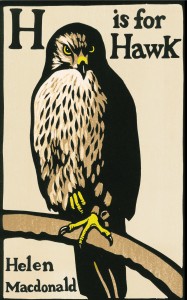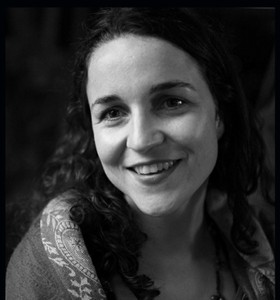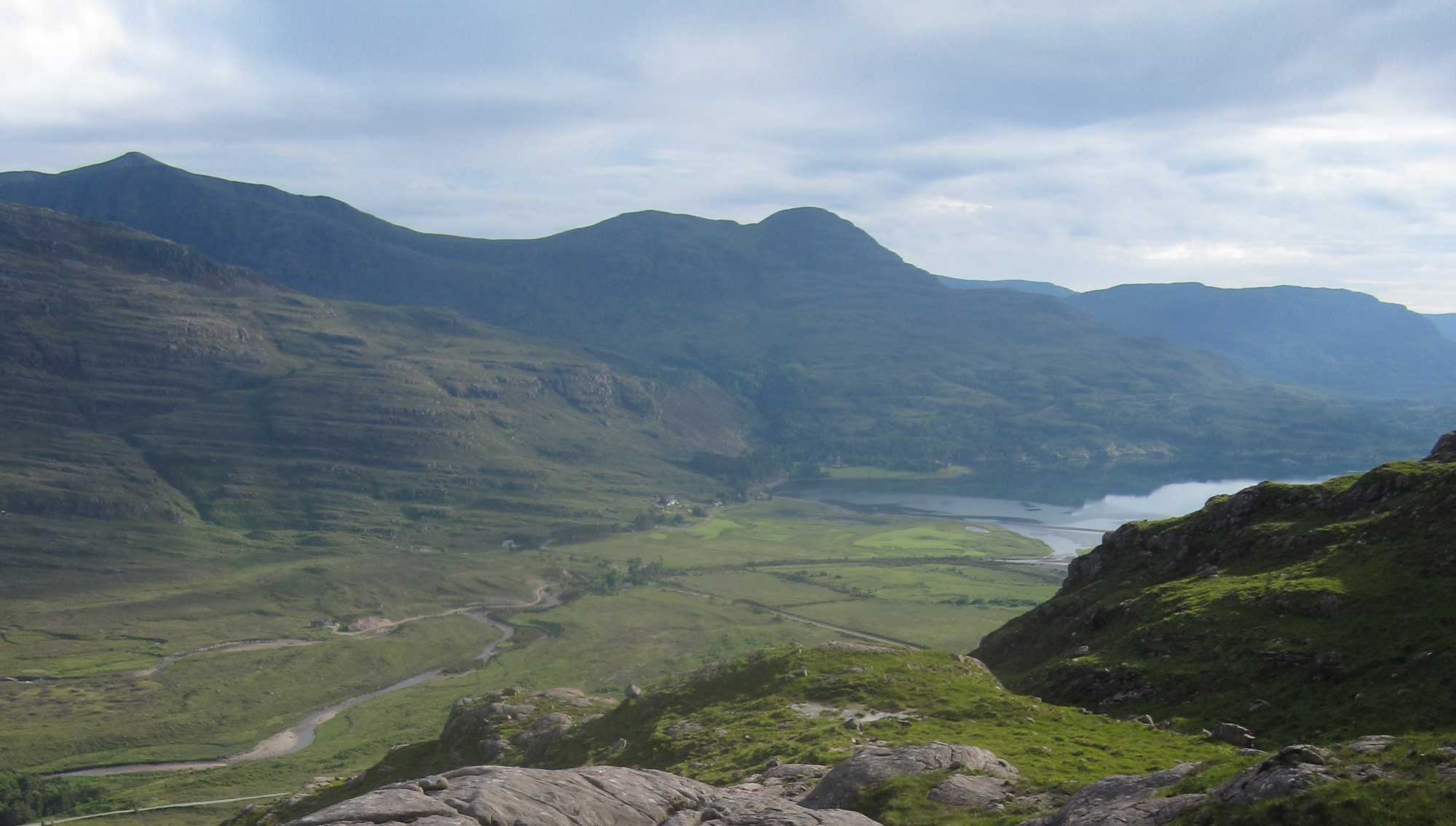The world is going crazy for H is for Hawk, the first memoir to win the Samuel Johnson Prize. I think I know why.
The book is about death. I know that doesn’t sound like a subject you would enjoy reading about, so it is disguised as a book about training a hawk. Critics are all talking about it as a classic of nature writing and a resurgence of the form.
Helen Macdonald, the author, is aware of her part in a new wave of writing about the countryside and our relationship to animals. She cites the last time there was a “pastoral craze” after the First World War.
“It was a response to economic disaster, a contracting Empire and totalitarian threats from abroad.”
Sound familiar? Except this time we do not want want to forget our troubles by celebrating the unspoilt countryside, we want to tear into what is left.
Like Patrick Barkham who writes about broken glass and barbed wire in his books on badgers and butterflies. And George Monbiot, who urges us to “rewild” in response to our sterile lives, Macdonald is unafraid to show the same animals in Springwatch red in tooth and claw.
The thing about nature, is it is real. So real it can distract you from the worst reality can throw at you: death. As she trains the hawk, Macdonald is recovering from the loss of her father. Grief hovers over her and it seems the only way she can survive is to soar, to become a bird. Hunting with the goshawk she describes herself almost coming to life again.
“Hunting with the hawk took me to the very edge of being human,” she writes. “Then it took me past that place to somewhere I wasn’t human at all. The hawk in flight, me running after her, the land and the air a pattern of deep and curving detail, sufficient to block out anything like the past or the future, so that the only thing that mattered were the next thirty seconds. I felt the curt lift of the autumn breeze over the hill’s round brow, and the need to tack left, to fall over the leeward slope to where the rabbits were. I crept and walked and ran. I crouched. I looked. I saw more than I had ever seen.”
It is as if she has become an animal herself she is so alert to the lie of the land, the scent of the earth, the feel of the breeze. It brings the writing to life and the reader dives into a world we have lost since sitting behind a computer.
But Macdonald cannot sustain this state, indeed she fears she is going mad. She writes to make sense of it and as she does the world rights itself and she becomes more human. She realises, she is different and what she really is for.
“Human hands are for holding other hands, human arms are for holding other humans close. They are not for killing…”
I recognise that in my own journey writing a book about only eating animals I have killed myself. I have only killed a pigeon and a rabbit so far, and a few fish. I also hope to visit slaughterhouses to see how animals are killed on our behalf. The response when I tell people what I am doing is usually positive, even from vegetarians and vegans. As Macdonald realises, we want to connect with nature because it helps us to find our own humanity.
After all, we are animals ourselves. When we are hungry we eat. The only thing that makes us different is the fact that we can think about what we eat. We can consider the impact killing something badly can have on the animal and on ourselves.
“Hunting makes you an animal but the death of an animal makes you human.”
Macdonald says that as a child she was a “spectator not a killer”. Taking on the responsibility of killing with the hawk helped her to grow up.
“I was accountable for these deaths,” she writes. “For the first time in my life I wasn’t a watcher any more. I was being accountable to myself, to the world and all the things in it.”
Perhaps that is why her writing is so vivid. Death has forced her to see the fear and glory in survival.
I believe this is why H is for Hawk and nature writing is doing so well. We all want to connect with the reality around us that is nature and death. Perhaps then, we will appreciate the environment and our own lives more fully.
Hemingway got there before either of us. In Death in the Afternoon he writes about bull fighting because the “only place where you could see life and death i.e. violent death now the wars were over, was in the bull ring.”
Perhaps flying her hawk, or forcing myself to look at how animals die for our plates, is our equivalent. As Hemingway says, death is the only way to learn how to write.
“There is always death and I should not try to defend it now only to tell honestly the things I have found true about it.”



